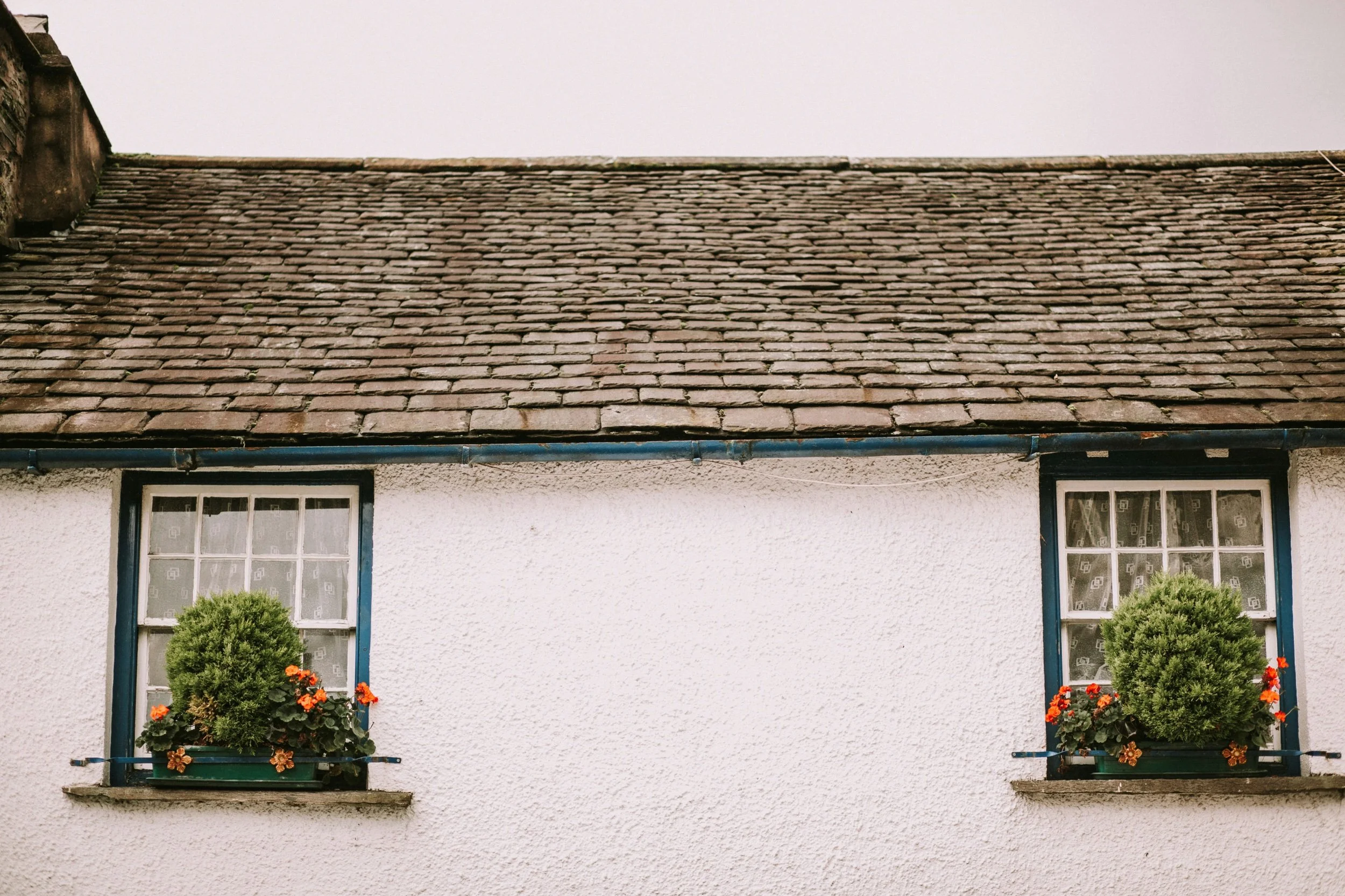Flat Roof vs. Pitched Roof: Which Is Right for You?
Choosing the right type of roof for your home is a decision that impacts not only the aesthetics and functionality of your residence but also its long-term durability and cost-effectiveness. This comprehensive guide delves into the pros and cons of flat roofs and pitched roofs, helping you make an informed choice tailored to your specific needs and preferences. Keep on reading to learn more!
The Importance of Choosing the Right Roof Type for Your Home
The roof is arguably one of the most critical components of any building. It protects the interior from the elements, contributes to the overall architectural style, and can significantly influence energy efficiency. The two most common types of roofs are flat roofs and pitched roofs. Each has its unique set of advantages and disadvantages, making it essential to carefully consider which option is best suited for your home. And, keep in mind that at https://voyagerexteriors.com/blog/roof-types/, and other similar websites, you can always read more about the different roof types available and consult with professionals before making a final decision. Not only will this help you avoid costly mistakes, but it will also ensure that your roof meets all safety and building code requirements.
Understanding Flat Roofs: Advantages, Disadvantages, and Best Use Cases
Advantages of Flat Roofs
Cost-Effective Installation: Generally, flat roofs are quicker and cheaper to install due to their simpler design and fewer materials required.
Additional Usable Space: Flat roofs can be utilized as extra living or storage space. Think rooftop gardens, patios, or even solar panel installations.
Modern Aesthetic: Flat roofs often complement modern architectural styles, providing a sleek and contemporary look.
Disadvantages of Flat Roofs
Drainage Issues: Flat roofs can have drainage problems since water and debris do not naturally slide off. Proper drainage systems are crucial to prevent water accumulation.
Maintenance Requirements: These roofs typically require more regular maintenance to ensure they remain watertight and free from debris.
Limited Longevity: Flat roofs usually have a shorter lifespan compared to pitched roofs, often necessitating earlier replacement.
Best Use Cases
Flat roofs are ideal for commercial buildings, contemporary homes, and areas where additional outdoor living space is a priority. They are also well-suited for regions with minimal rainfall.
Exploring Pitched Roofs: Benefits, Drawbacks, and Ideal Applications
Benefits of Pitched Roofs
Enhanced Drainage: The sloped design of pitched roofs allows for efficient drainage of rain, snow, and debris, reducing the risk of leaks and water damage.
Increased Durability: Pitched roofs generally last longer and are more resistant to harsh weather conditions. They also offer better structural support.
Energy Efficiency: The attic space in pitched roofs provides an extra layer of insulation, improving energy efficiency and helping maintain indoor temperatures.
Drawbacks of Pitched Roofs
Higher Installation Costs: Pitched roofs are more complex to build and require more materials, leading to higher initial costs.
Limited Design Flexibility: The traditional look of pitched roofs may not complement modern architectural styles.
Reduced Usable Outdoor Space: Unlike flat roofs, pitched roofs do not offer additional usable space for outdoor activities or installations.
Ideal Applications
Pitched roofs are perfect for residential homes, especially in areas with heavy rainfall or snowfall. They are also a great fit for traditional and classic architectural designs.
Considerations for Climate and Building Design
Climate Impact
In regions with heavy rainfall or snow, pitched roofs are generally more effective due to their excellent drainage capabilities.
Conversely, flat roofs may be more suitable for arid climates where there is less precipitation and the emphasis is on additional usable outdoor space.
Architectural Style
Modern and contemporary homes often look best with flat roofs, which provide a sleek, minimalist appearance.
Traditional, rustic, or classic home designs typically benefit from the timeless look of pitched roofs.
Maintenance and Long-Term Costs
Flat Roof Maintenance
Requires regular inspections to ensure drainage systems are functioning correctly.
Periodic cleaning and repairs to seal any cracks or leaks.
Pitched Roof Maintenance
Generally requires less frequent maintenance due to natural drainage.
Inspections are still necessary to check for damage to shingles or tiles, especially after severe weather events.
Long-Term Costs
While flat roofs may have lower upfront installation costs, their higher maintenance needs and shorter lifespan can lead to increased long-term expenses. Pitched roofs, despite their higher initial costs, often prove more cost-effective over time due to their durability and lower maintenance requirements.
Environmental and Energy Efficiency
Flat Roofs
Can accommodate green roofs and solar panels, contributing to energy savings and environmental benefits.
May require additional insulation to achieve optimal energy efficiency.
Pitched Roofs
Naturally provides better insulation due to the attic space, reducing energy consumption for heating and cooling.
Can also support solar panel installations, though with some design constraints.
Choosing the Right Roof for You: Factors to Consider and a Decision-Making Guide
Key Factors:
Budget: Consider both the initial installation costs and long-term maintenance expenses.
Climate: Factor in the local weather conditions and how they affect each roof type.
Aesthetic Preferences: Ensure the roof design complements your home’s architectural style.
Future Plans: Think about how you plan to use the roof space—whether for living, storage, or sustainable installations like solar panels.
Decision-Making Guide:
Assess Your Needs: Determine your priorities, whether it's cost, aesthetics, durability, or additional space.
Research and Consult: Look into different roofing options and consult with professionals to get expert opinions tailored to your specific situation.
Evaluate Long-Term Benefits: Consider the long-term implications of your choice, including maintenance and energy efficiency.
Make an Informed Decision: Weigh all factors and select the roof type that best aligns with your needs and goals.
Choosing between a flat roof and a pitched roof is a significant decision that affects various aspects of your home, from aesthetics and functionality to long-term costs and energy efficiency.
By understanding the advantages and disadvantages of each roof type, considering your local climate and architectural style, and evaluating the long-term implications, you can make an informed decision that best suits your needs and enhances the value of your home.
Remember, the right roof is not just about protection—it's about complementing your lifestyle and maximizing the potential of your living space. Take the time to assess your options, and don't hesitate to consult with experts to ensure you make the best choice for your home.







